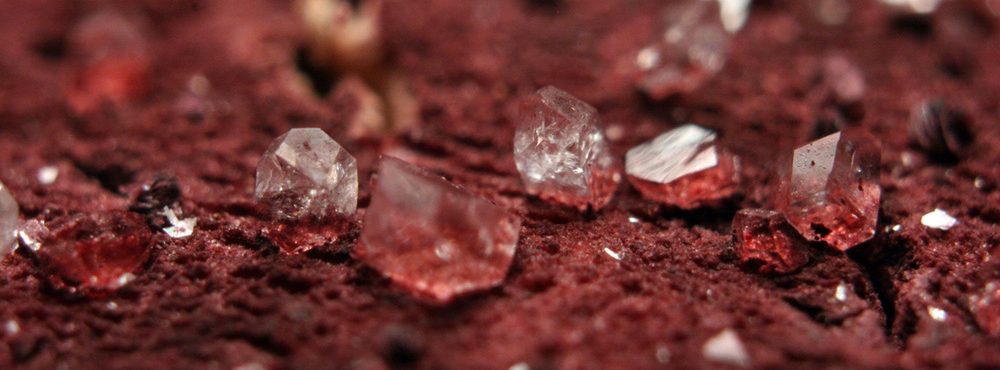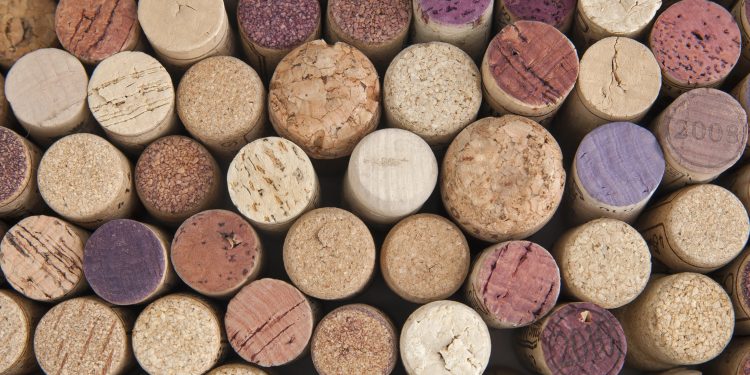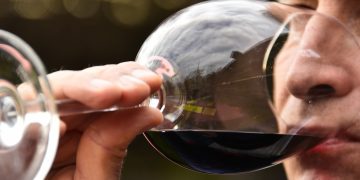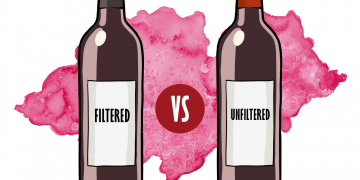Wine is a captivating elixir that has been cherished for centuries, offering a spectrum of flavors and aromas that tantalize the senses. While the grape variety, winemaking process, and aging techniques all contribute to the complexity...
Read moreDetails5 Most Popular Wine Faults and How to Spot Them
As a wine drinker and lover, it can be easy to consume wine with ‘flaws’ without even realising it. Many of them aren’t bad for us, they just don’t taste as nice.
TCA aka Cork Taint (2,4,6-Trichloroanisole)
TCA also known as cork taint is a chemical contaminant that’s made its way into the wine, this could happen during production from the cork. TCA can also be present in oak barrels which will lead to an entire batch being ruined.
Wines that are ‘corked’ will have a musty odour that resembles mouldy cardboard or wet newspaper. The odours will dominate the wine and wine remove almost all of its fruit flavours.
Oxidised Wine
Oxidisation occurs when the wine has had too much exposure to oxygen. The older the wine the more likely it is to become oxidised.
These wines lose their vibrant colours and flavours, deep red wines will turn to a brownish brick like colour and have a more vinegar character develop. The tannins in reds actually allow them to age longer and are less susceptible to oxidisation compared to white wines.
Heat Damage
Poor wine storage, especially in a hot country like Cyprus, can result in the wine being ruined by too much exposure to heat. Wine sitting in a parked car in the sun, in warm rooms or close to a hot kitchen are easily damaged by this.
Wines affected by heat damage will smell jammier, sweet, and like that of a wine reduction sauce, a roasted sugar type aroma. Heat damage will allow the seal of the bottle to expand and warm air will begin to push the cork out which can also result in oxidisation too. Storing your wine around 14c is best and a wine fridge is ideal if possible.
UV Light Damage
Bottles exposed to excessive sunlight or UV are most likely to be affected by this. Occurring most commonly in white wines like Champagne, Pinot Grigio, Sauvignon Blanc, making them smell like a wet wool sweater. Again, correct storage of your wine will help prevent this.

Tartrate Crystals
These are little crystals that can sit on the bottom of older wines. They’re caused by mineral precipitates that form out of unfiltered high mineral wines. If your wine has these crystals don’t worry! All you need to do is decanter your wine with a filter and leave the sediment in the bottle.
Find out more about Tartrate Crystals from this article on our blog
Sulphur Compounds
Sulphur is added in small amounts to almost all wines to stabilise it. However, there is another sulphur compound found in wine called dihydrogen sulphide (H2S) and is a naturally occurring bi-product when fermentations are stressed. These sulphur compounds smell smoky like that smell when you blow out a match. This smell will ‘burn off’ after about 15-20 minutes of opening a bottle, which is why decanting your wine is advised.
Secondary Fermentation
These are tiny bubbles in your wine when there shouldn’t be any, especially in the likes of a young red wine. Bubbles often happen by accident when residual sugar is bottled in the wine which causes it to re-ferment. You may even hear a ‘psst’ when removing the cork. They’ll smell yeast like and taste zippy.
Some winemakers embrace secondary fermentation to add an extra kick to their wine, and there are some traditional styles of wine that are naturally ‘frizzante’
Microbial and Bacterial Taint
Many microbes live during the wine fermentation in addition to yeast. Sometimes, one of these colonies can become ‘too aggressive’ pre or post alcoholic fermentation and can start to give off certain aromas such as a ‘mousy’ smell in natural wines. If you get a whoft of ‘hay bail’ this is called ‘ropiness’ and suggest another over-productive wild microbe.
Volatile Acidity
Known as vinegar taint caused by very high levels of acetic acid. Some vinegar taints are on purpose, and can be used as a tool from some high-quality winemakers to develop complexity in their flavour profiles. Some is of fault and an accidental process caused when fermenting very sweet grapes.










